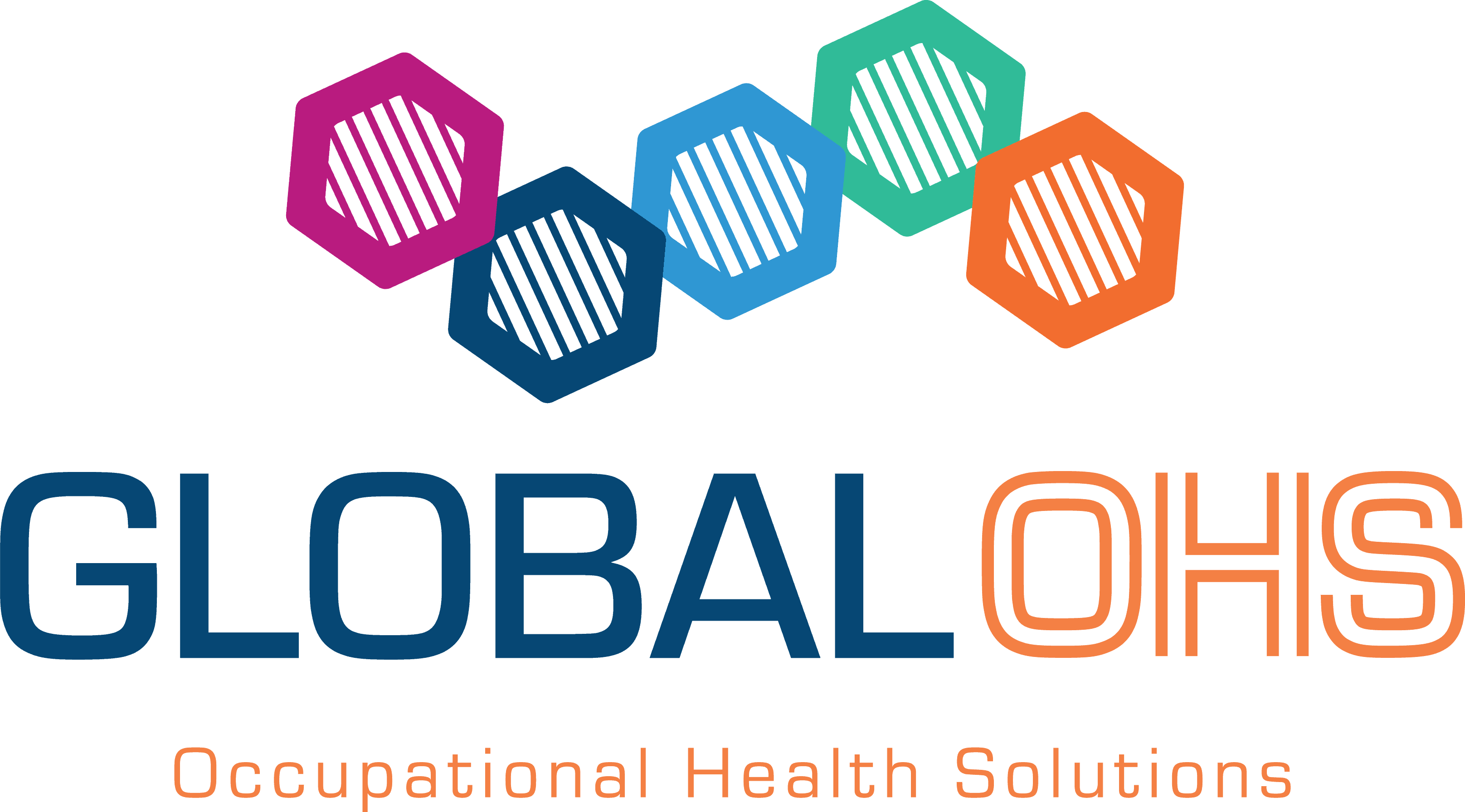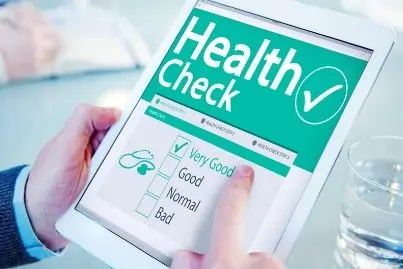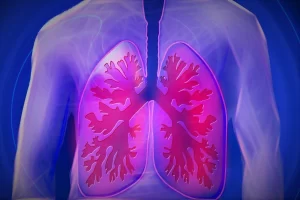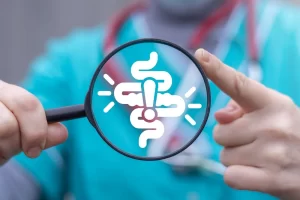The role of Occupational Health (OH) is to support the employee throughout their employment, from assessing a candidate’s fitness to work on commencement of post to ensure that support is offered in accordance with the relevant legislation.
OH acts in an advisory capacity offering advice to managers to support their employees and help them, where possible, to remain in the workplace. It aims to safeguard the health of the employee by offering health surveillance, determined by statute and best practice, to ensure that the roles and duties do not cause any adverse effects on health as a result. This month’s blog will provide an overview of the types of health surveillance required and covers what your duties are (and what you need to do) as an employer.
1) Health Surveillance Programmes
Health Surveillance is an activity which captures information about worker’s health in relation to the work they undertake. The value and purpose of this are to protect the health of the worker through early detection of any health conditions and to identify the requirement for any specific monitoring. It also evaluates the efficacy of existing control measures and demonstrates compliance.
The need for any health surveillance will either be identified as part of the health risk assessment, through good practice (for example fitness to work in some roles) or as a legal requirement. Where the risk cannot be eliminated or reduced further health surveillance may be considered however it is not a substitute for controlling the health risk.
Any health surveillance will be undertaken by a suitably qualified and competent medical practitioner or responsible person and all medical records will be kept in accordance with the Data Protection Act (1998).
Health surveillance can take many different forms from non-technical surveillance such as questionnaires and skin surveillance to technical forms such as hearing checks (audiometry) and lung function testing. Any health surveillance is undertaken is in the least invasive form possible and is always explained in full to the individual.
2) When is it Completed and by whom?
The frequency of health surveillance is determined by the level of exposure and accepted guidelines. It can be on commencement of a position and at regular intervals thereafter and sometimes exit surveillance is required when an employee leaves employment.
Some health surveillance takes the form of self-assessment as part of a wider programme and workers may be asked to complete a questionnaire which is reviewed by OH.
For more technical assessments the employee will need to be referred into OH where a doctor, nurse or technician will perform the various tests and examinations.
3) Types of Exposure/ Health Surveillance Required
3.1) Display Screen Equipment (DSE)
Under the Health and Safety (Display Screen Equipment) Regulations 1992 there is a requirement for those identified as users (for example anyone who uses a visual display screen as a significant part of their day) to have an assessment of their DSE set up. Usually, this can be conducted locally by a suitably trained DSE assessor or via a self-assessment process with OH providing specialist ergonomic or tertiary support (as part of an escalation process). Here at Global OHS, we can offer DSE assessors training as well as specialised ergonomic support and workplace assessments.
3.2) Chemical and Hazardous Substances
In areas where hazardous substances cannot be substituted for less harmful substances then a COSHH risk assessment must be undertaken to reduce any risks to staff from exposure. All staff must receive appropriate training on the control measures introduced. When a COSHH risk assessment indicates that health surveillance is necessary as a control measure is when workers(s) are exposed to harmful substances over the workplace exposure limits. The main examples of these are;
• Flour/grain – baking and milling
• Glutaraldehyde/ formaldehyde – used in disinfecting and tissue fixing.
• Isocyanides (paints) – spray painting,
• Some glues and resin – used in curing
• Latex – protective gloves used in health/home care
• Soaps and cleaners – cleaning roles
• Wet work – Gardening/ rescue relief
• Any product marked R43 ‘May cause sensitisation by skin contact’, or R42/43 ‘May cause sensitisation by inhalation and skin contact’.
Health surveillance may consist of skin surveillance and/or respiratory surveillance.
3.3) Skin Surveillance & Respiratory Surveillance
Some chemicals, materials and fluids can lead to skin sensitization, irritation and occupational dermatitis. A reaction can build up over time or can occur immediately after a small exposure. Some symptoms can be treated easily and some reactions may result in long term issues. The frequency of skin surveillance should be undertaken in accordance with the risk assessment; however, for those considered to be exposed, it is recommended that they are assessed six weeks into work by a responsible and competent person with regular checks thereafter.
Respiratory surveillance is required where there is an exposure to a respiratory sensitizer which can lead to occupational asthma. Again regular and periodic surveillance is advised, usually at six and twelve weeks after commencement of work and periodically thereafter.
3.4) Vaccinations and Immunisations
Vaccination against some biological agents can be provided as a control measure. Occupational immunization is only required when the risk assessment determines employees can reasonably be expected to be exposed to infectious diseases in their workplace. Typical examples include grounds people, sewage workers, healthcare and laboratory staff, animal handlers and those working overseas where some vaccine-preventable infections are endemic. It is important to note that immunisations are not available for all biological agents and they should not be used as a substitute for effective control measures.
Exposure to biological agents can include;
• Blood borne viruses, HIV or Hepatitis B and C
• Leptospirosis
• Legionella
• Tuberculosis
• Influenza in frontline staff
The Department of Health (DoH) defines frontline healthcare workers as those involved in direct patient care, regular clinical contact and involved in the delivery of personal care.
Any vaccine-preventable disease that is transmissible from person to person poses a risk to both the worker and their service users. Healthcare workers have a duty of care towards their patients which includes taking reasonable precautions to protect them from communicable disease, and employers have an obligation to arrange and pay for this service.
It is recommended that immunisation programmes are managed by OH services with appropriately qualified specialists. Therefore from an immunisation perspective, they should be vaccinated in accordance with the DoH’s Green Book: Immunisations against infectious diseases, following specific work-related risk assessments.
Immunisation is only a control method and, following occupational immunisation, managers, as well as the workers themselves, need to have sufficient information and understanding about the outcome of the vaccinations to make appropriate decisions, i.e. in the event of an exposure.
All healthcare workers with contact with blood and blood stained body fluids should be offered immunisation against hepatitis B and antibody testing to assess response. In addition, those organisations who operate independently to NHS trusts and are unlikely to be considered an emanation of the state and therefore it is unlikely that these guidelines will apply directly, however, if NHS patients are supported in these independent settings the DoH advise that this guidance is followed. Likewise, Independent Health Care the National Minimum Standards include access to OH and appropriate pre-employment screening (for employed staff). Independent hospitals, hospices and clinics are recommended to follow this guidance as such facilities are required to comply with the Independent Health Care Regulations (NI) 2005, Regulation 15.7 of which describes duties to minimise the risk of infection. Furthermore, implementation of this guidance is likely to ensure compliance with certain requirements of future DHSSPS minimum standards. In Northern Ireland, the Regulation and Quality Improvement Authority (RQIA) is the body responsible for the enforcement of these regulations and standards
3.5) Noise Exposure
The Control of Noise at Work Regulations 2005 places a duty on the employer to reduce or prevent exposure to noise at work. From 2008 these regulations also apply to those in the music and entertainment business and apply to those who are exposed to a wide audio range.
It applies to;
• All workers working in defined hearing protection zones or regularly exposed to an averaged exposure over 85 dBA.
• Those workers regularly exposed to between 80 and 85 dBA (first action level) identified as being sensitive to noise-induced hearing loss.
These workers will require audiometry to ensure that the exposure does not cause any damage to the employee’s hearing. Noise-Induced Hearing Loss is one of the most prevalent and irreversible industrial diseases and the HSE recommend a full risk assessment programme, ensuring comprehensive hearing protection, reduction and restriction. A baseline hearing check (audiogram) and subsequent regular hearing checks are suggested for employees who are exposed.
3.6) Hand Arm and Total Body Vibration
Exposure to vibration at work can occur in two main ways:
• hand-transmitted vibration (known as hand-arm vibration or HAV) and
• vibration transmitted through the seat or feet (known as whole-body vibration or WBV).
Hand-arm vibration is vibration transmitted from work processes into workers’ hands and arms. It can be caused by operating hand-held power tools such as road breakers and hand-guided equipment such as strimmers.
It can become hazardous to health when employees are (excessively) exposed and this may result in permanent effects such as hand-arm vibration syndrome, white finger and carpal tunnel syndrome occurring. Occasional, low-level exposure is unlikely to cause ill-health effects.
Where it is impossible to eliminate the use of vibrating equipment a hand-arm vibration health surveillance programme should be in place. A 5 tiered system is used as determined by the level of exposure and those exposed in the workplace will need statutory health surveillance by OH.
3.7) Night Worker Assessments
The Working Time Regulations 1999 require that all night workers are offered a health assessment either whilst working on night duty or prior to commencement of night duty. This is usually done via a questionnaire upon commencement and then annually. This forms part of a process to ensure that workers with health conditions are adequately supported in the workplace.
Any worker who regularly works over three hours during the core night period between 11 pm and 6 am would need to be offered an assessment upon commencement of the role. Whilst there is a duty on employers to offer the assessments, completion is on a purely voluntary basis.
The working time regulation applies to “workers” and encompassing more than just employees and as a best practice measure, any worker who meets the definition should be offered a health assessment including any volunteers that your company may employ.
3.8) Vocational Driving
The Driving Vehicle and Licencing Agency (DVLA) require different standards of fitness which are determined by the class of vehicle and driving conditions. In summary Group, 1 license is an ordinary driver’s license which permits the holder to generally drive cars and vans up to 7.5 tones in weight and minibuses. There are some medical conditions which need to be declared and some will bar the holder from driving. A simple eye check-up to age 70 needs to be demonstrated. Research by Brake, the road safety charity has determined that up to 40% of vision can be lost before it becomes noticeable. It is estimated that 12.5 million people in the UK are due to an eyesight test and poor vision is believed to be responsible for up to 2,900 accidents each year.
Those driving minibuses (not for hire or reward) will need to apply for Group 2 licenses over the age of 70. A driver over 70 years old without the 79 (NFHR) / 01 / 101 codes against either their D1 or B entitlement cannot drive a minibus under any circumstance. Those driving on Group 2 licenses are HGV or public service vehicles. Group 2 lasts until age 45, then at regular intervals after this. DVLA regulations state that group two and three licence holders need to undergo a fitness check due to the potentially more serious consequences of an accident. It is considered to be good practice for all forklift truck operators and potential operators to be screened for fitness before employment and again at regular intervals in middle age and that a medical is necessary to assess their locomotors, vision, and hearing skills.
3.9) Lone Worker and Confined Spaces Assessments
Lone workers are those who work by themselves without close or direct supervision and the purpose of the assessment is to ensure that they are medically fit to work alone.
Confined space means a space that has any of the following characteristics:
• Limited openings for entry and exit;
• Unfavourable natural ventilation;
• Not designed for continuous worker occupancy
It is not a legal requirement to have confined space medicals, however working in confined spaces is subject to the Management of Health and Safety at Work Regulations 1999, and it is considered good practice to have a medical assessment prior to letting anyone work in a confined space.
4) HSE Approved Medicals
4.1) Asbestos Medicals
The 2012 asbestos regulations prohibit the use, import and supply of asbestos. If you are a duty holder or have responsibility for a building then any asbestos contained within it must be treated according to the regulations. Since 2015 there is an explicit duty to risk assess the likelihood of exposure and in cases where exposure exceeds the control measure medicals will be required every three years by OH.
4.2) Lead Medicals
There is a legal requirement to monitor those exposed to lead. It cannot be absorbed through the skin but can be inhaled (as vapour/ fumes/ dust) or ingested as lead poisoning may occur.
The HSE requires organisations to monitor lead levels and maintain a health register for everyone engaged in potentially hazardous processes.
5) Health Risk Assessments
This blog has hopefully highlighted the importance of health risks to be considered when undertaking or reviewing your companies risk assessments. Here at Global OHS we have vast experience of supporting companies in both writing and reviewing their local health surveillance policies and procedures with regards to health risk assessments. In addition, we can act in an advisory capacity with the assessment process in which the job roles are reviewed to determine the health checks and fitness standards that may be required.
It is good practice to regularly review your risk assessments to determine if health surveillance is still required as for example, technological advances often result in new processes that reduce noise exposure, or improved extraction systems reduce the exposure to respiratory sensitisers.







